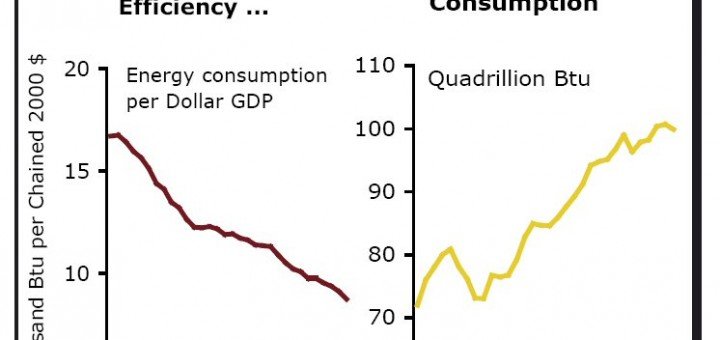Category: LIFESTYLE GUIDELINES
Ideas for practical actions to reduce energy, waste, animal cruelty and environmental degradation
Reducing personal carbon emissions
The figures shown below give an approximation of what average reductions in energy (and hence carbon emissions) might result from UK individuals by taking the following actions:...
Reducing carbon emissions
COUNTDOWN PROOF Each year the devastating effects of droughts, flooding, rising sea levels and cyclones are increasing. There is a growing consensus amoung scientists that these severe...
The advantages of cycling
The advantages of cycling Why do so many people feel it necessary to acquire cars in the many parts of the affluent world where there are good...
Waste and energy
Energy saving and waste reduction Although the following suggestions relate to the UK, the general principles behind them can be applied anywhere in developed countries. Many quite...
Energy saving and carbon reduction
Energy saving and carbon reduction Most energy is derived from fossil fuels and hence any personal savings in the use of energy will reduce carbon emmissions. Two...
Ethical investment
Ethical investment An increasing number of individuals are concerned that the money they invest is not used to support governments and organisations: that do not uphold...









